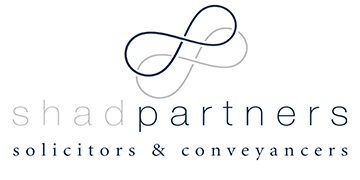When commencing a business venture, it is necessary to consider the most appropriate type of business structure to put in place. In Australia, there are 4 common business structures – sole trader, partnership, trust and company. Different business structures have different benefits and disadvantages. This article looks at partnerships – how to set one up and the pros and cons of the arrangement.
Key Features
A partnership is an association of 2 or more people who carry on business as partners and distribute income and losses between themselves. In a partnership, the partners all own the business, all have control of the operation of the business and all the profits belong to the partners jointly. With a partnership, the business is not a separate legal entity.
How to Set Up a Partnership
A partnership is one of the simplest ways to structure a business and is relatively easy to set up.
Most partnerships are established by a partnership agreement which sets out the rights and obligations of the partnership. Although a partnership agreement is not compulsory, it is advisable to have a written document which clearly outlines the important aspects of the partnership at the outset of the business venture and before any disputes have arisen.
A partnership can be run under the personal names of all the partners or a business name. If a business name is to be used, then it must be registered with the Australian Securities Investment Commission.
Regardless of whether a partnership is to be run in the names of the partners or a business name, an Australian Business Number (ABN) is required for the partnership. An ABN can be obtained online through the Australian Business Register.
A partnership also needs its own Tax File Number, which can also be obtained online from the Australian Taxation Office (ATO).
A partnership must be registered for GST if its annual turnover is $75,000 or more.
A partnership must file an annual tax return but it does not pay income tax. That is because it is not a separate legal entity. Instead, each partner pays tax on their share of the net income of the partnership. That means that not only does each partner have to lodge their own personal individual income tax return, but that the partnership must lodge its own tax return as well.
Pros and Cons
The advantages of forming a partnership include:
- Inexpensive to set up
- No formalities, registration or reporting obligations other than tax returns
- More privacy than other business structures such as a trust or company
- A broader management base, with a wider pool of expertise and capital
The disadvantages include:
- Unlimited liability for the partners, which means that the partners’ personal assets are exposed if the partnership’s assets are insufficient
- If a partner will not or cannot pay his or her share of the partnership liability, then the other partners must do so personally, jointly and severally
- Partners can be sued personally for anything done in the name of the partnership
- Potential for disputes and loss of trust between the partners
- Difficulties with the transfer or termination of partners
- Limitations on size (generally the maximum number of partners in a partnership is 20)
Conclusion
A partnership may be the right business structure if there is compatibility between the business partners or if a sole trader is looking to grow his or her business through establishing a partnership.
Consideration should be given as to whether the advantages of setting up a partnership outweigh the disadvantages or whether some other business structure might be more appropriate. An accountant or lawyer can help you understand the cost and risks of a partnership.
If you or someone you know wants more information or needs help or advice, please contact us on 02 9790 7000 or email [email protected].
